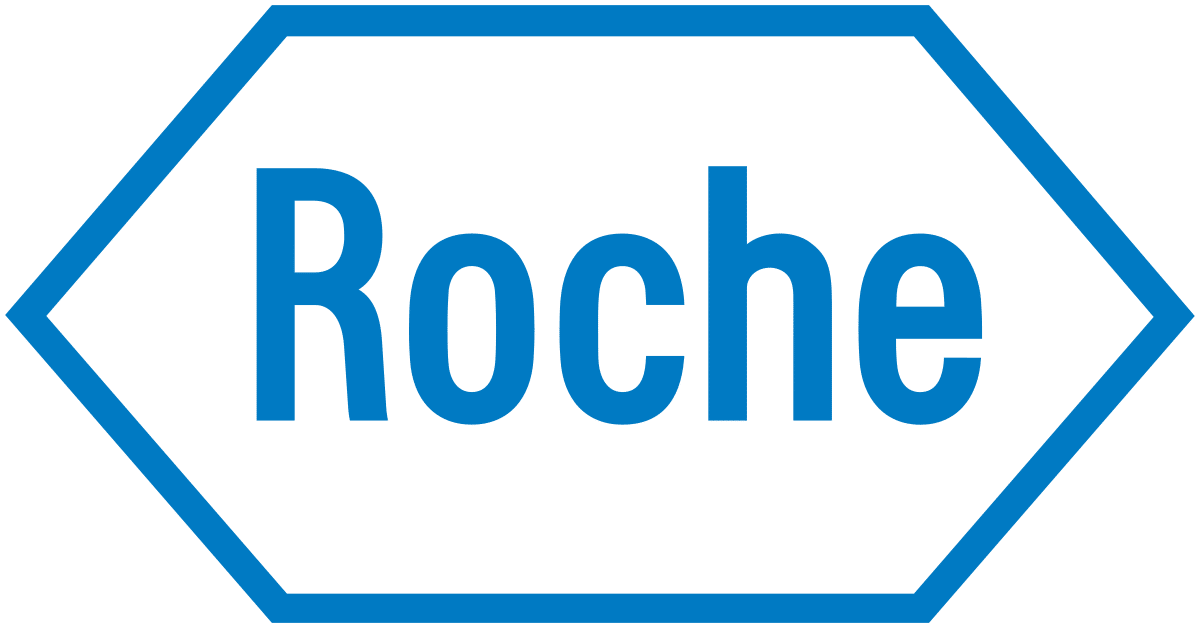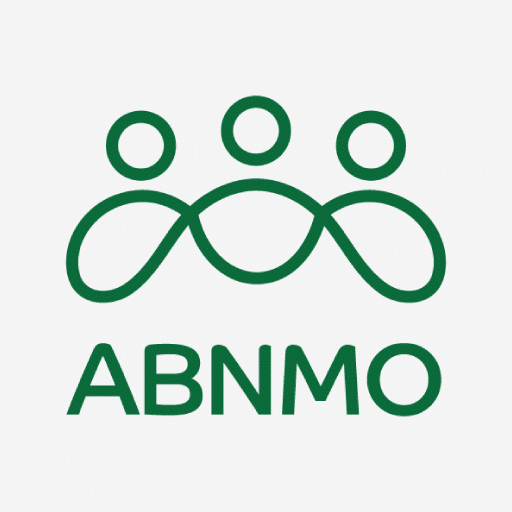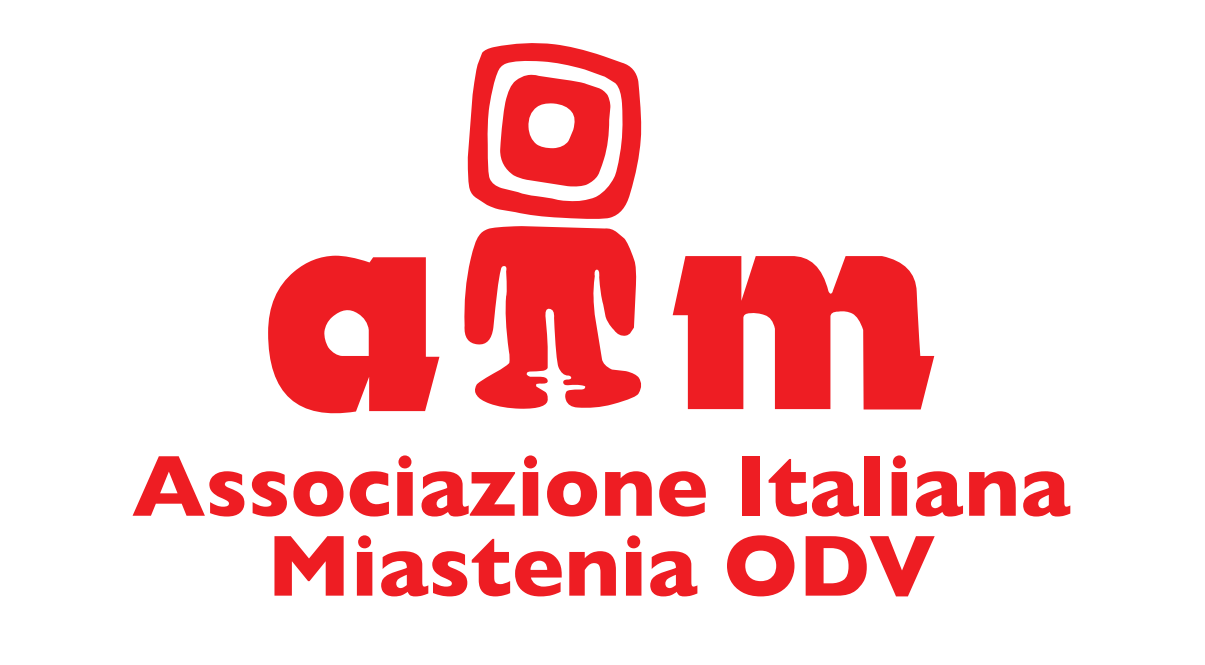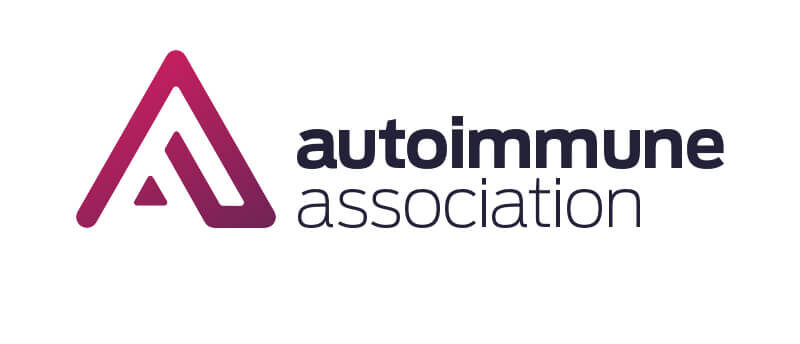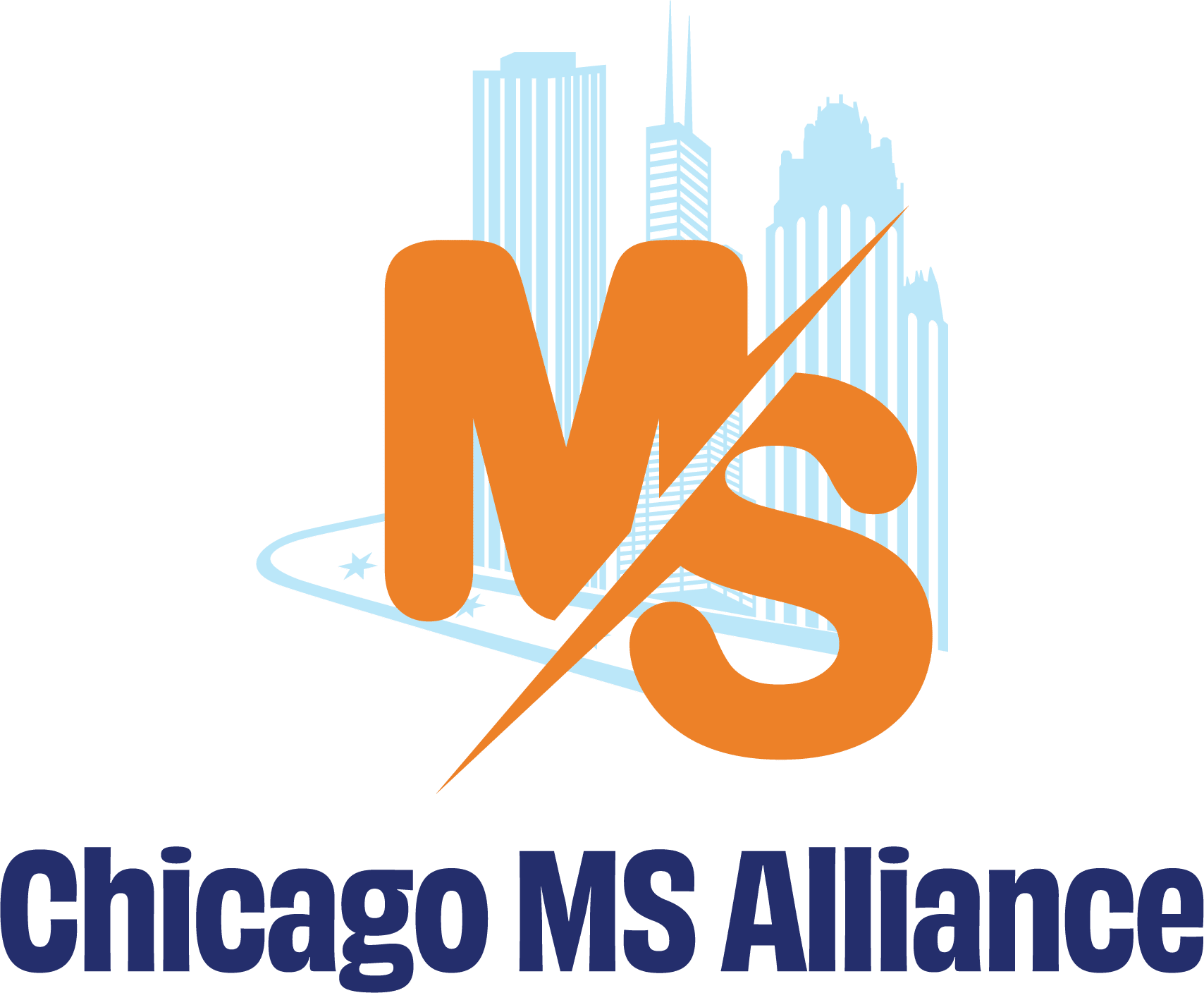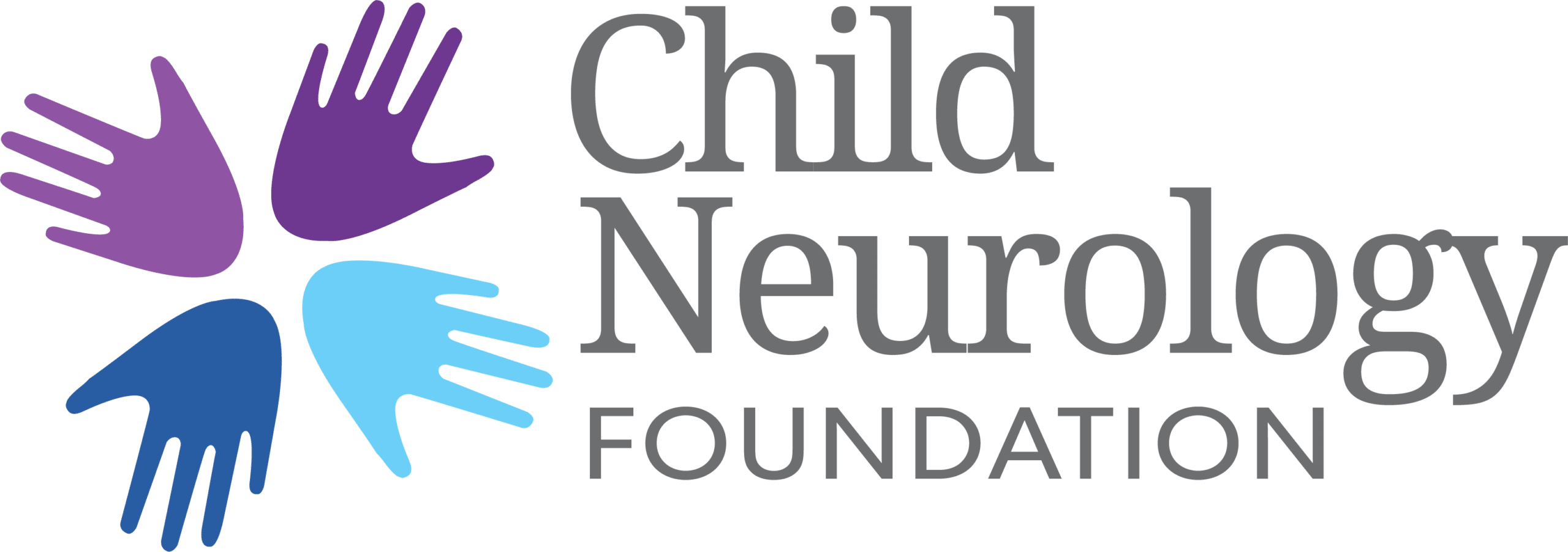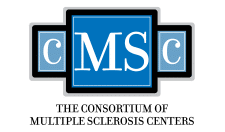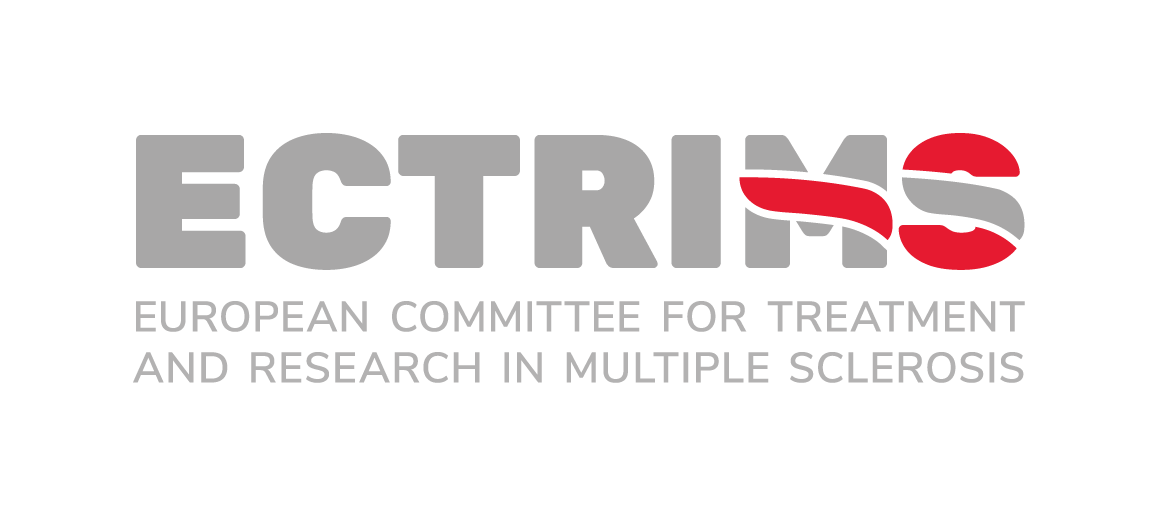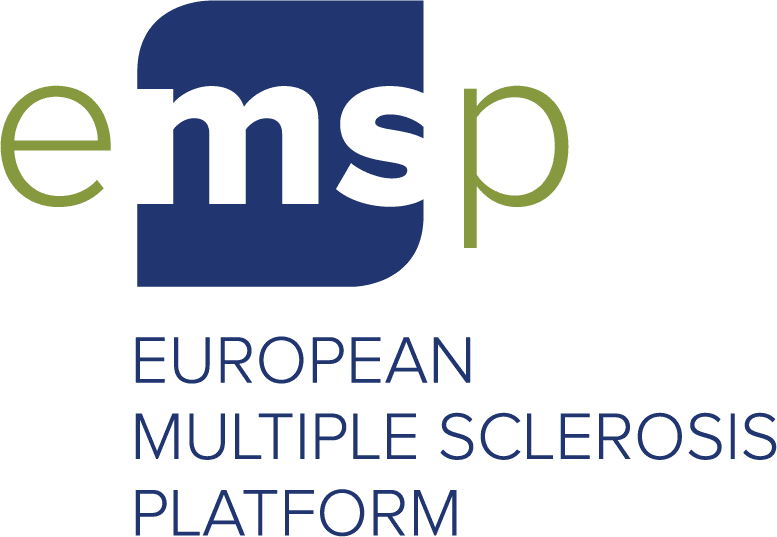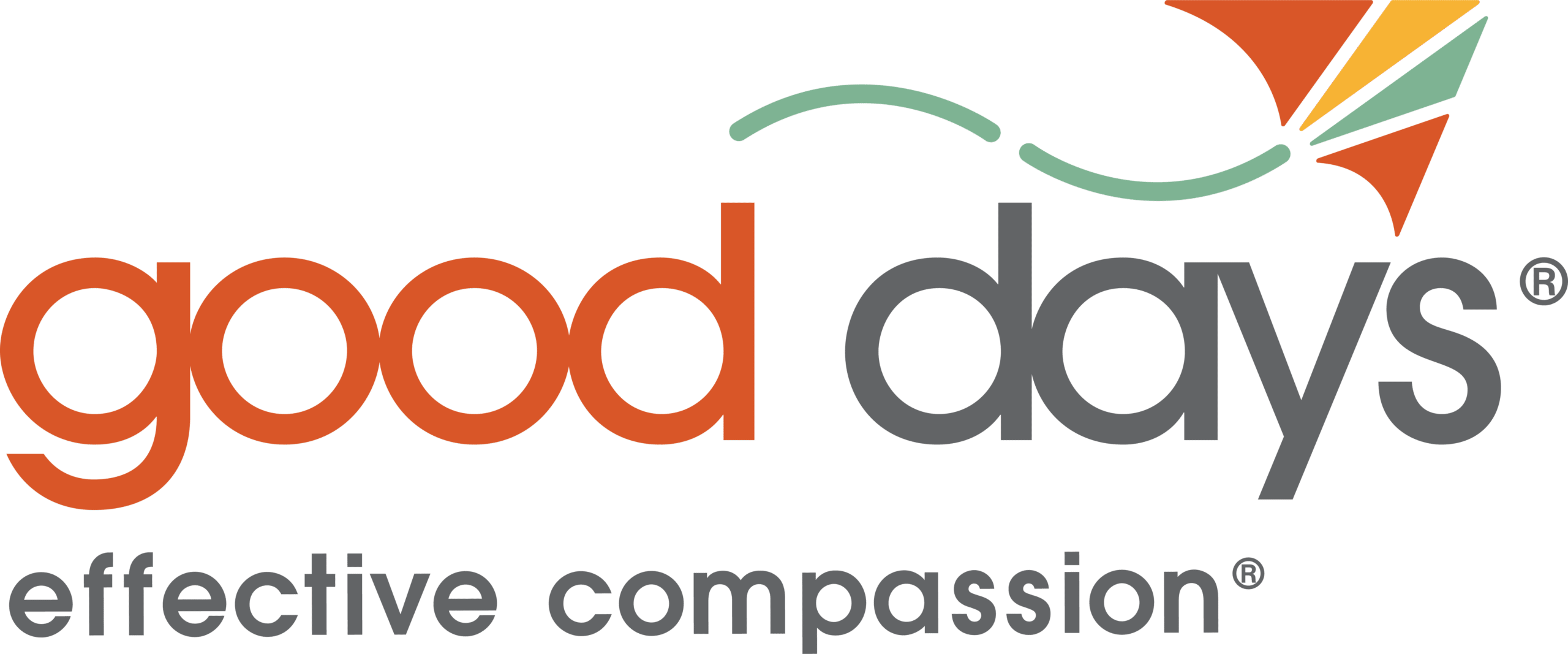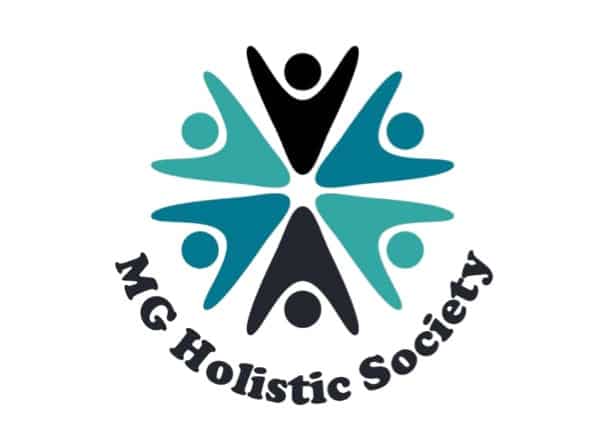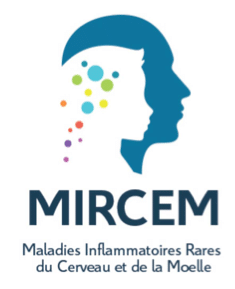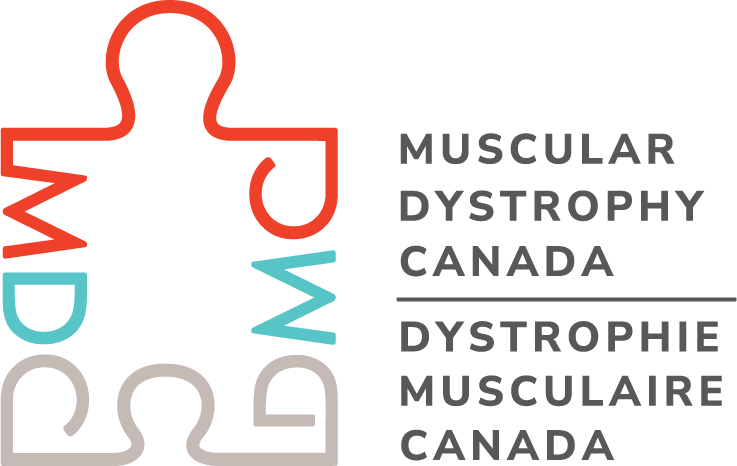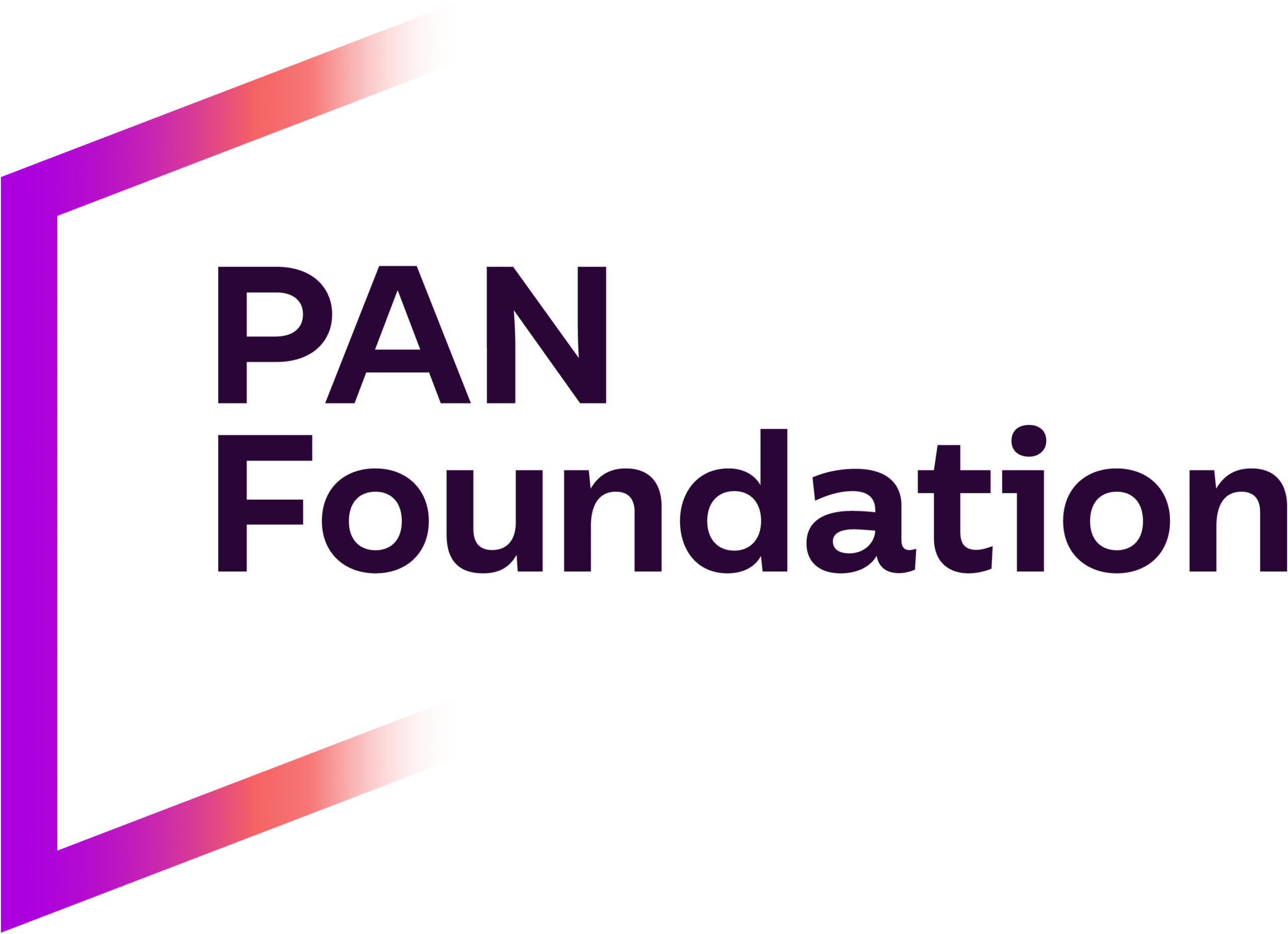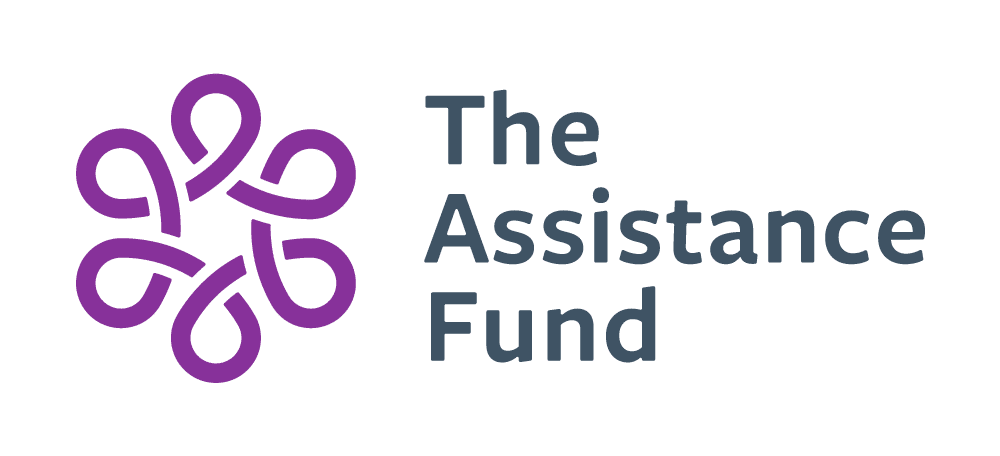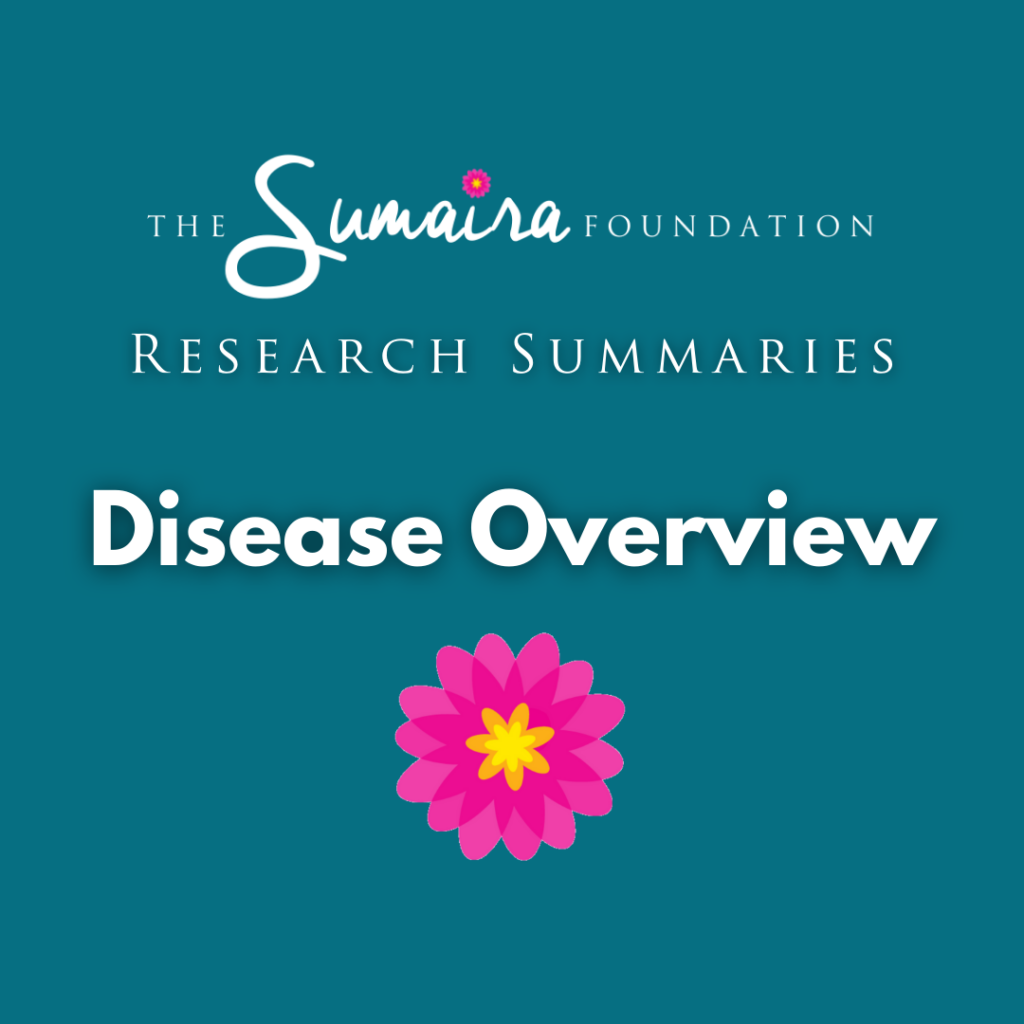
MOGAD: A comprehensive review of clinicoradiological features, therapy and outcomes in 4699 patients globally
Journal: Autoimmunity Reviews; January 3, 2025
Author(s): Benjamin P Trewin, Fabienne Brilot, Stephen W Reddel, Russell C Dale, Sudarshini Ramanathan
Disease features, treatment, and results in about 4700 MOGAD patients globally
This large-scale comprehensive review brings together information from nearly 4,700 patients worldwide to provide a better understanding of how MOGAD looks on clinical exams and imaging, how it is treated, and how patients fare.
Authors reviewed articles from 2007 to 2022 and identified 194 unique groups of patients, representing 4699 children and adults with MOGAD from 31 countries.
The most common symptom at the first instance of the disease was inflammation of the optic nerve (optic neuritis). At the last recorded check-up, the most common symptom was recurrent optic neuritis.
In studies where patients were observed for only 6 months to 2 years, only 47% patients had relapses, but when the patients were observed for longer — beyond 5 years — 72% patients had relapses. After the first episode, children usually had their first relapse within 6 months, while adults had their first relapse within 17 months.
Brain MRI scans at the time of diagnosis looked normal more often in adults with MOGAD (50% cases) than in children (27% cases). On the other hand, adults more often showed areas of damage in the spinal cord and optic nerve.
Data about treatments and their results were available for 3031 patients who were observed for 2 years and 8 months (32 months) on average. Almost everyone (97%) received fast-acting immunosuppressive treatment (e.g., steroids) during an attack, while about 64% continued with ongoing immunosuppressive treatments later. Treatment types varied a lot by country/region.
For most patients, disability levels and vision had improved from their worst point to their most recent check-up.
This large-scale review shows that relapsing MOGAD may be more common than originally thought. While most patients show improvement in disability with immunosuppressive treatment, the fact that they complain of recurrent optic neuritis suggests that patients might struggle with visual disability in the long term.
Related article: Myelin oligodendrocyte glycoprotein antibody-associated disease (MOGAD): current understanding and challenges
Free Access: Full text








